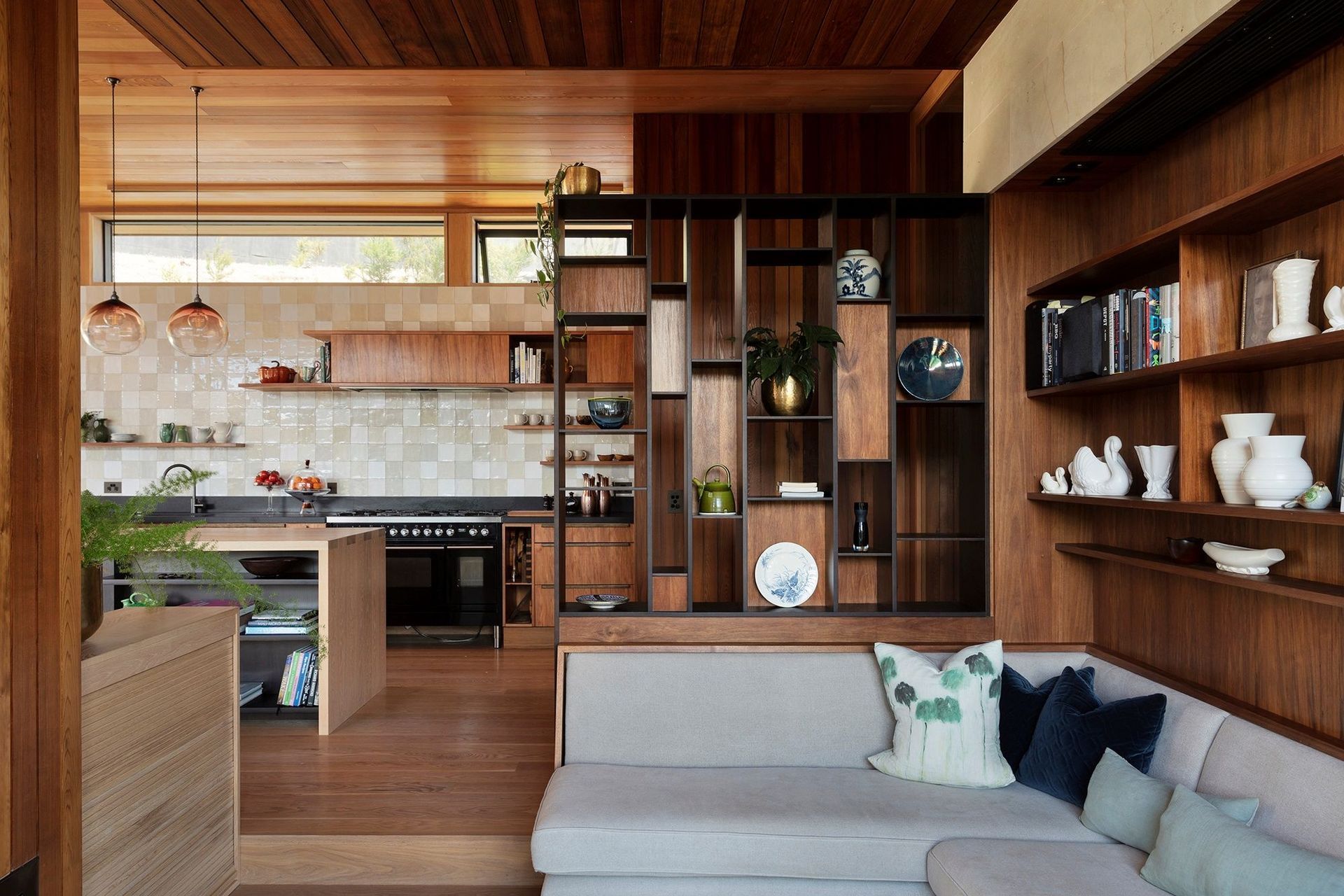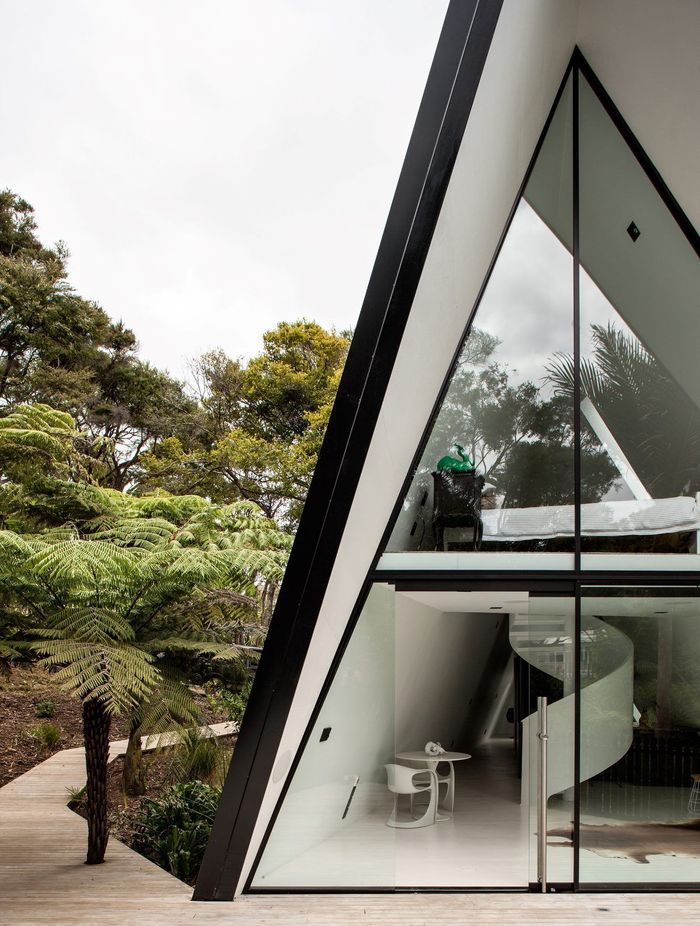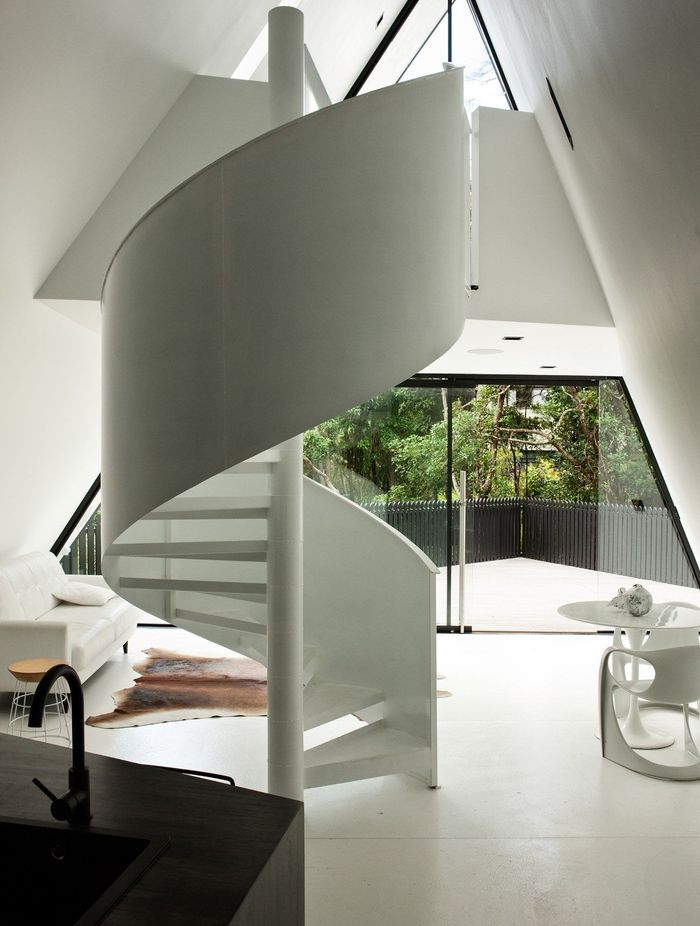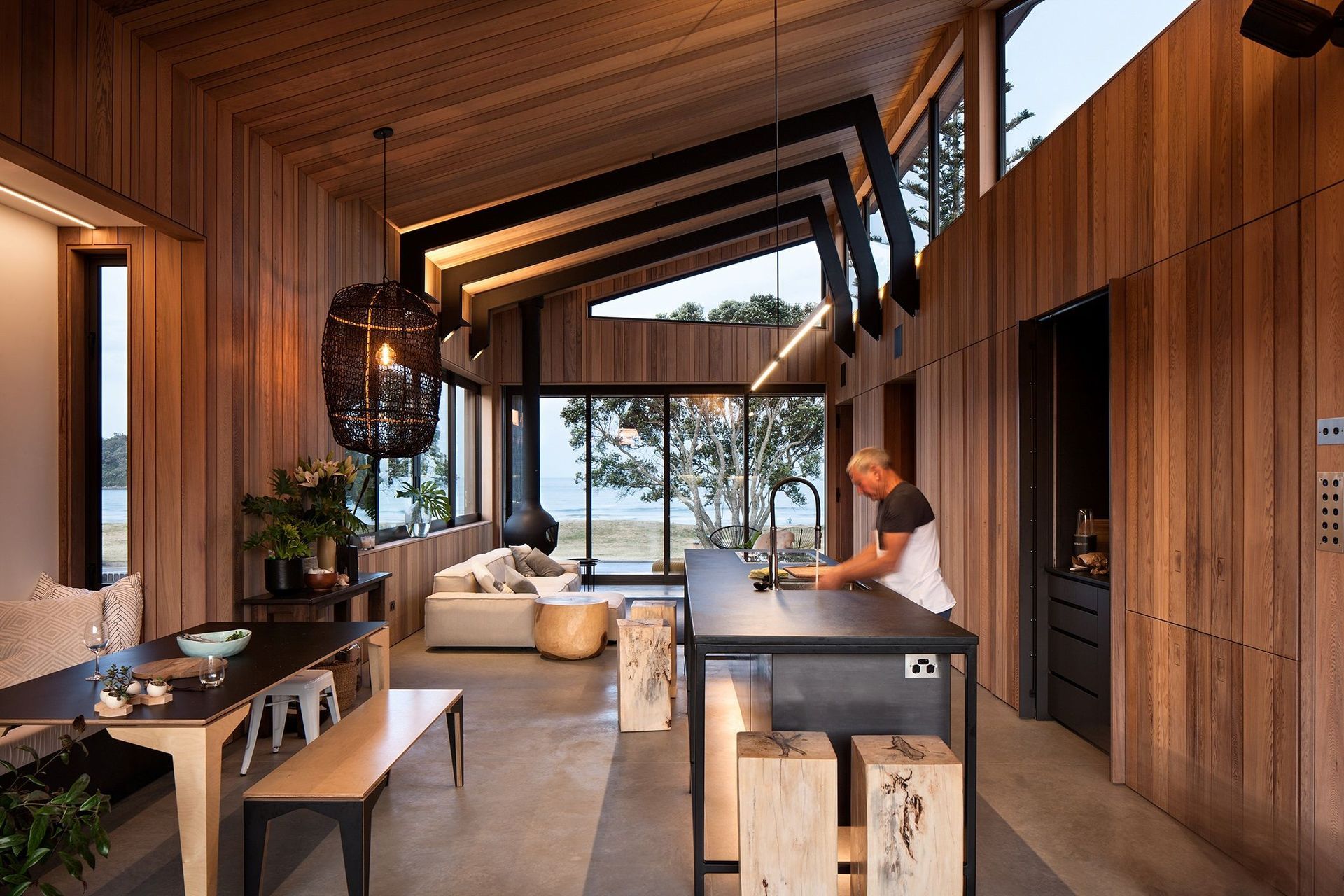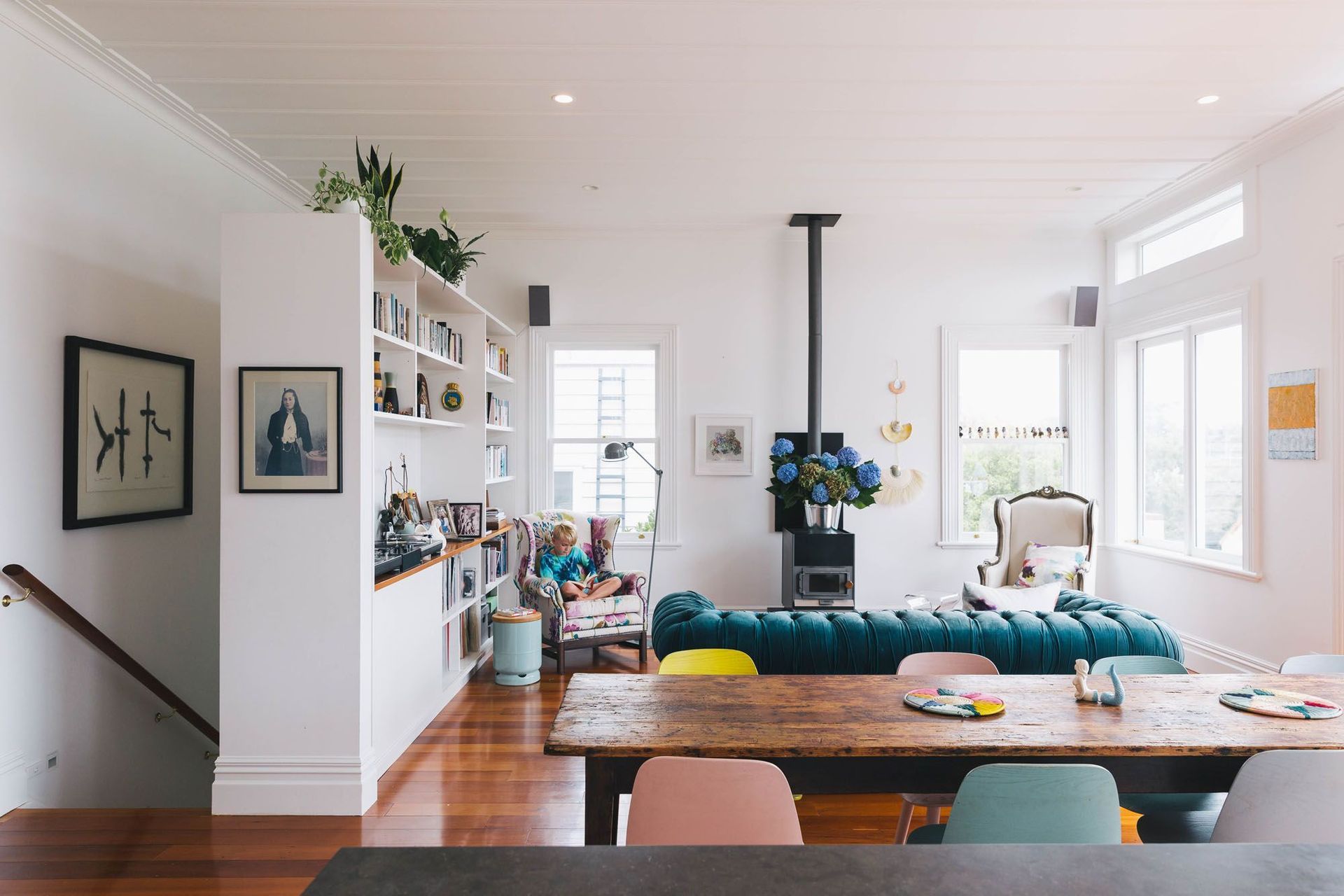The most popular interior design styles shaping Kiwi homes
Written by
01 October 2023
•
5 min read
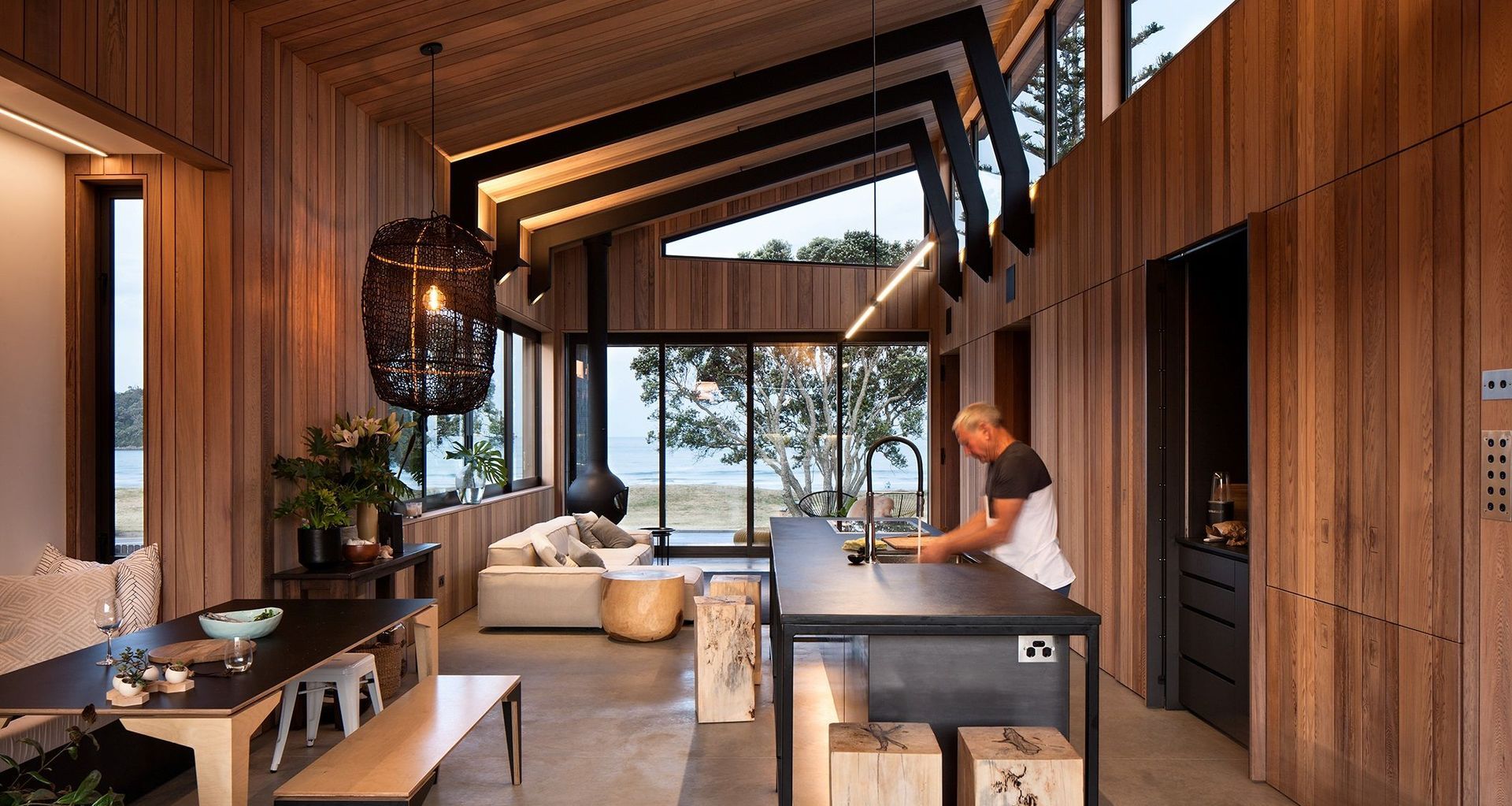
The most popular interior design styles in New Zealand originate from different time periods and cultures, and they are quite distinctive from one to the next. By in large, they've been successful as they've suited our lifestyles and appealed to our tastes and sensibilities. If you're looking for an interior design style for yourself, there's a good chance you'll find it below with examples from some of the most stunning homes in the country.
1. Mid-century modern
The mid-century modern design style (or modern design style) is one that focuses on simplicity and functionality. Emerging in the mid-20th century, it is a style epitomised by clean, sleek lines and organic shapes. The use of natural materials like wood and natural stone is a key feature while the colour schemes can range from neutral to bold palettes. Furnishings are typically sleek but strong in design with geometric shapes common in terms of form. These patterns are also often found in floor rugs, wall art and decor.
Related article: Modern luxury bedroom design tips for your home
2. Contemporary
The contemporary interior design style is sometimes used interchangeably with the modern design style, however, there is a key difference. While the modern design style represents a specific set of traits, the contemporary design style reflects current trends which change over time. At the time of writing, it shares many qualities with modern design, such as a sleek, sophisticated look utilising clean lines and simple forms. Neutral colour tones are also prevalent, complemented by a strong use of natural light, enhanced by mirrors and designer lighting options. There is also a fresh, almost experimental element to the contemporary style with designers and decorators constantly pushing the boundaries of the aesthetic.
3. Minimalist
The minimalist interior design style is perfect for those who like tidy, uncluttered spaces. With strong influences from the Scandinavian style of design, it prioritises simplicity, functionality and clarity. "Less is more" is the key principle to minimalist styling where every inclusion of furniture or decor has a functional purpose with few decorative embellishments. Natural light is ideally abundant in minimalist spaces creating a calm, tranquil feeling that embodies peace. Mindful living and sustainability are lifestyle traits that complement minimalist design where quality over quantity is a strong preference.
4. Industrial
The industrial style is fast becoming a popular choice for city dwellings drawing inspiration from warehouses and urban lofts. It's a style that presents a raw, unfinished look often featuring exposed architectural elements like brick walls, steel beams, ductwork and pipes. The spaces are typically large with high ceilings and open-plan layouts. The colour schemes are often neutral, allowing the tones and textures of the raw materials to take centre stage. Furniture items and decor are bold, robust and functional utilising heavy metals and wood. Vintage style accent pieces like sculptural art are also fairly common in these spaces.
5. Coastal
The coastal interior design style is exactly as it's described, taking inspiration from the beach and ocean. It offers a relaxed ambience and aesthetic that is soothing and serene. Its colour scheme also reflects the coastline, with whites, creams and shades of blues and greens preferred. Natural light plays an important role in the coastal interior design style as a bright and airy feeling permeates throughout these spaces. Furniture is light, casual and comfortable with natural materials and textures like wood and rattan often selected. Decorative objects are also important for the coastal style with natural pieces of shells, coral, driftwood and other motifs of the sea often featured in the living room, bedrooms and dining spaces.
6. Modern farmhouse
The modern farmhouse style takes classic elements of the traditional farmhouse and adds a fresh modern twist. Its style has become popular in rural lifestyle properties throughout the country thanks to its warm, rustic vibes and modern appeal. Natural colour schemes are often chosen with rustic accents and hues. Shiplap panel walls, large barn doors and solid beams are features you can expect to find with this design style along with modern minimalist decor. Furniture choices prioritise comfort and practicality with distressed style fabrics and upholstery as well as reclaimed wood matching the look.
7. Eclectic
The eclectic style is an exciting and expressive option that combines different styles, time periods, cultures and aesthetics together in one space. This creates a design kaleidoscope of bold patterns, colours, textures and more for a full sensory experience. However, the style is not as unrestrained as it seems. Carefully curated choices are required at each and every turn to avoid spaces getting too chaotic which is harder than it may seem. Still, the eclectic interior design style can be a lot of fun with vibrant uses of colour, furniture items that are full of character and works of art that are full of drama.
Related article: How to embrace maximalism in your home
8. Art deco
The Art Deco design style, originating in the 1920s, has a somewhat iconic status in New Zealand as one that was popular at the time and has maintained a presence since. It's a design style that combines luxurious materials with rich colours and high contrast. Geometric forms are a distinctive trait of Art Deco style with angular, streamlined forms that sometimes include motifs like chevrons, fluting and arcs. Glossy features and furnishings are also prominent which often sees the incorporation of chrome and glass. Retro style appliances and furnishings are often selected as highlights to complete the look.
Interior design styles to consider for your home
As you can see, there are many different interior design styles to consider for your home. Whether you're after a relaxed and rustic look like modern farmhouse and eclectic style or are after something with strong designer credentials like the industrial style — choosing an interior design style that suits your household, lifestyle and tastes will ensure you have a home that looks, feels and functions in every way you want it to and more.
Related article: Crafting comfort — A step-by-step guide to decorating your new home
